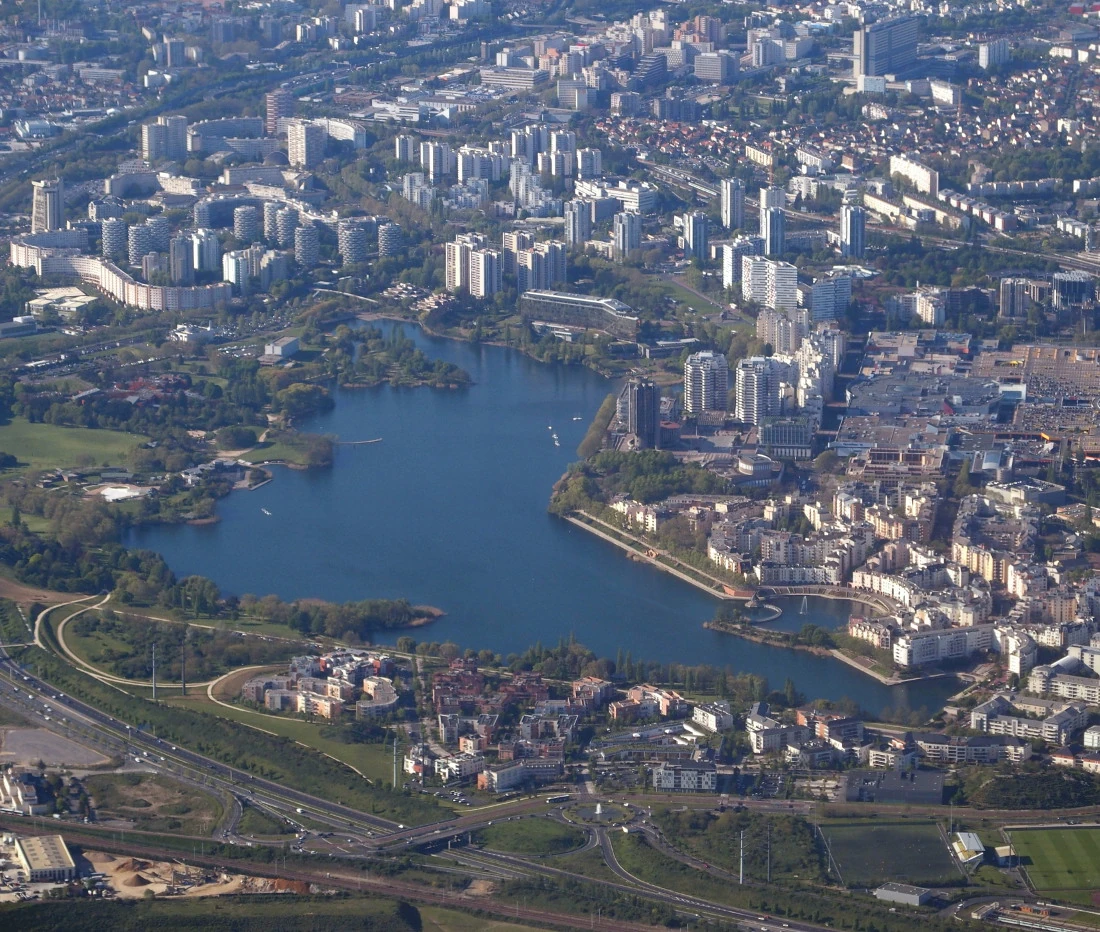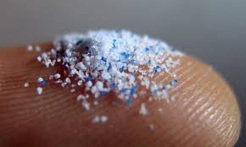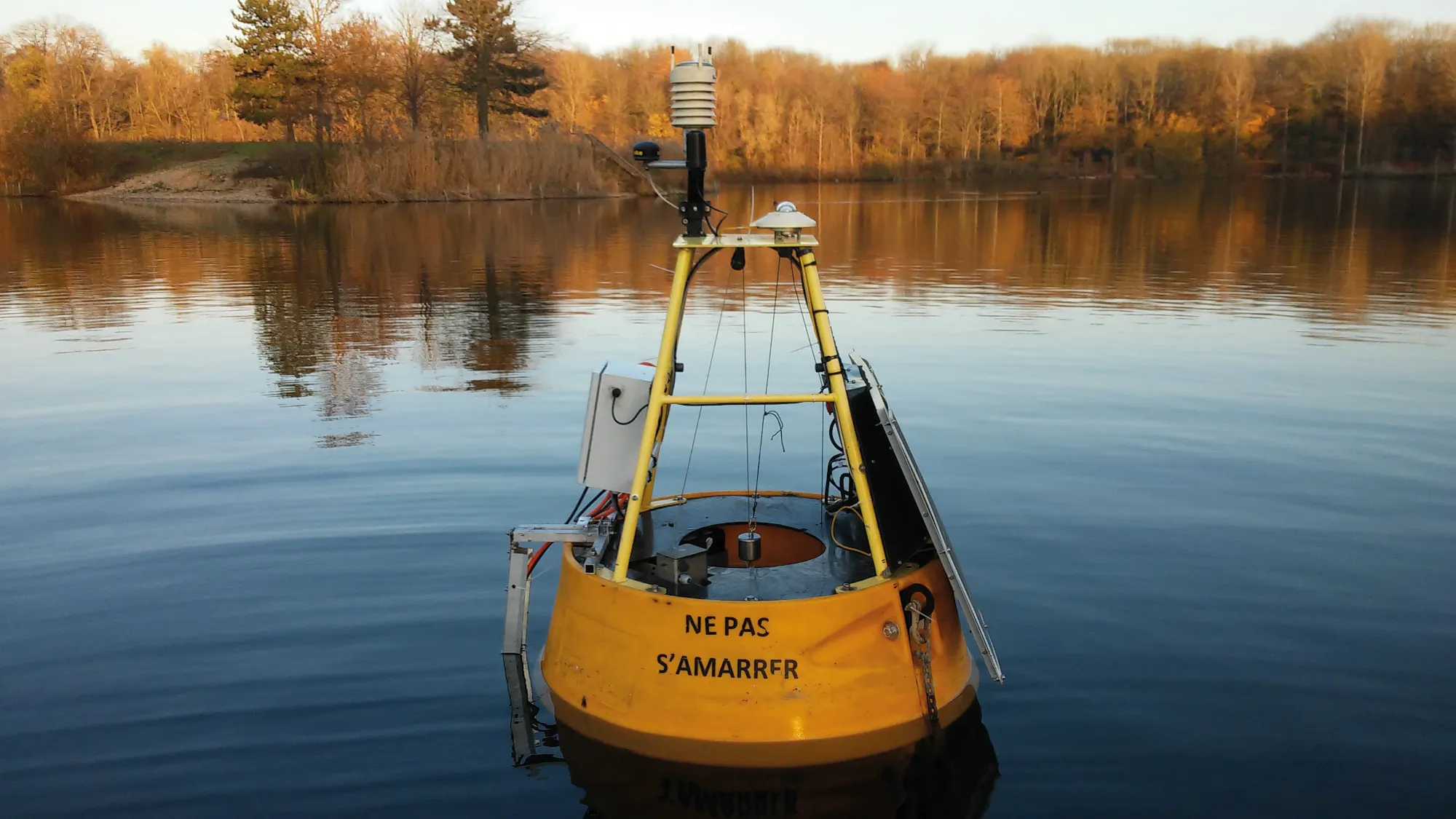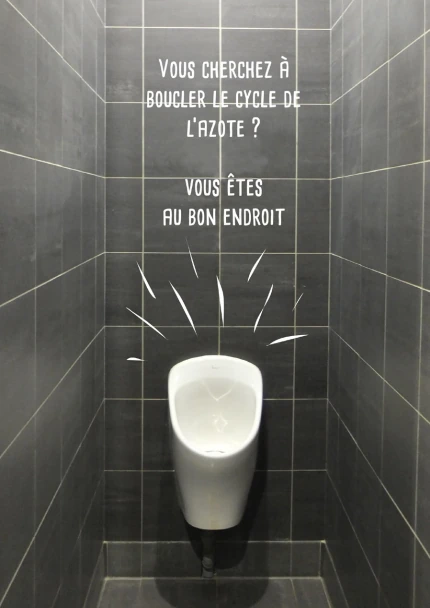Public Broadcasting Service: "Fabric microfibers dumped into the ocean"
published on , updated on

Public Broadcasting Service: "This New York river dumps millions of fabric microfibers into the ocean daily" : 29 August 2017
By Teresa L. Carey
The faded, “distressed look” of a favorite pair of blue jeans, may come with a hidden price for the residents of New York.
The Hudson River dumps 300 million clothing fibers into the Atlantic Ocean each day, according to a recent study in the Marine Pollution Bulletin. Many of the fibers come from aging clothes, rinsed out with the laundry and into the environment. Approximately half of the fibers were plastic, while the remainder were spun from natural materials like cotton or wool. Invisible to the naked eye, these fibers can cause health problems for animals and humans.
Les travaux du LEESU sur les microplastiques sont cités dans cet article en ligne.
...
After a microfiber study of the Seine River in 2014, Bruno Tassin, an urban hydrologist at University of Paris-Est, faced the same dilemma: tons of pollution without definitive point source. So he conducted a follow-up in Paris in 2016 to determine if microfibers clouded the atmosphere. Tassin found that three to ten tons of microfibers rain out of the air onto the 1,098-square-mile region surrounding Paris, each year.
“We don’t know how they move through the air. There is a probable link between production and fallout, but we don’t know precisely,” said Tassin. But Tassin thinks other sources, such as ground runoff, might still play a role.
...
View online : Public Broadcasting Service: "This New York river dumps millions of fabric microfibers into the ocean daily" : 29 August 2017









 Scientific production
Scientific production Technical resources and equipment
Technical resources and equipment Expertise and disciplines
Expertise and disciplines


